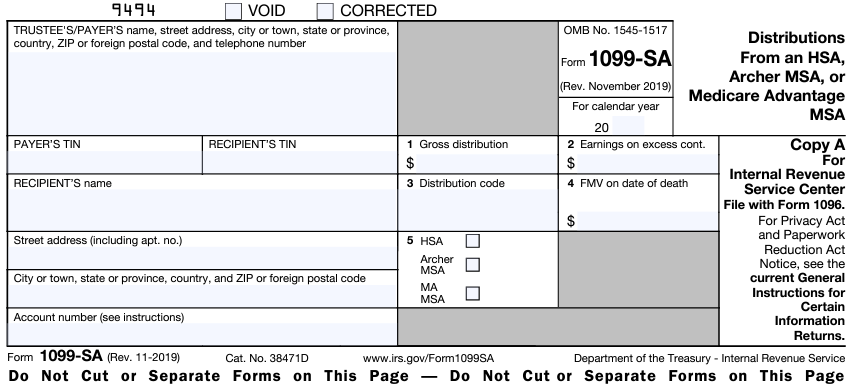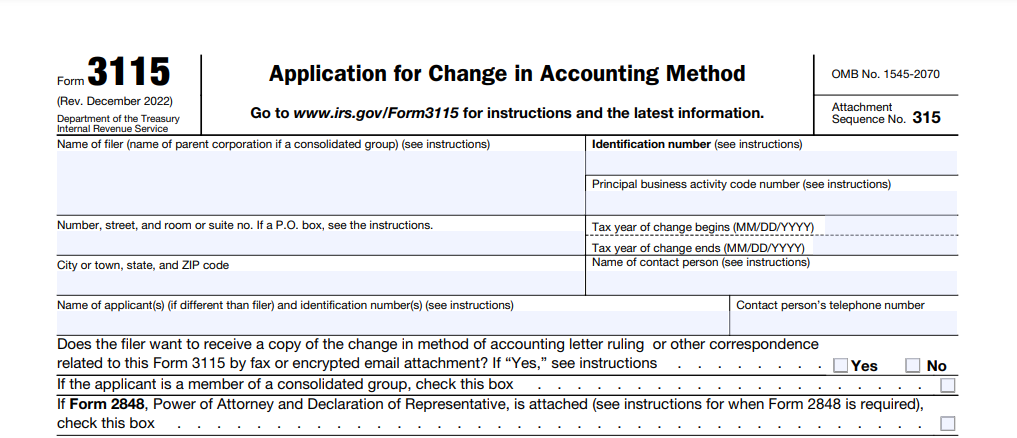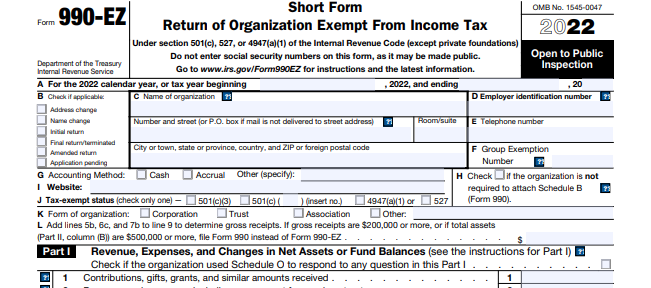Classifying property expenses correctly isn’t just a technical question. It affects your taxes, your financials, and your ability to avoid an audit. The challenge is that the rules are easy to misinterpret.
Something that seems like a repair can trigger IRS scrutiny if it improves the property too much. And if you’re constantly flipping between what counts as deductible and what gets depreciated, it can create confusion in your books and stress in your decision-making.
The good news? Once you understand how to tell the difference between a repair and a capital improvement, you’ll feel more confident tracking your expenses and preparing your return.
Contents |
| Repairs vs Capital Improvements |
| Why does classification matter? |
| What does the IRS look for? |
| Exceptions to the Rule |
| What happens if I get it wrong? |
| Best Practices |
Repairs vs Capital Improvements
Start with this basic framework: repairs are the routine fixes that keep things running. You’re not upgrading anything; you’re restoring it to working order. Think patching a leaky roof, fixing a broken pipe, or replacing a single cracked tile.
Capital improvements, on the other hand, improve the value, increase the lifespan, or change how the property is used. If you’re making something better, bigger, or different, it usually falls into this category.
Examples of repairs:
- Fixing a broken HVAC unit
- Replacing one damaged window
- Patching a hole in drywall
Examples of capital improvements:
- Installing new windows throughout the building
- Adding a second bathroom
- Upgrading the entire roof
To keep it simple, ask yourself: am I repairing damage or upgrading the property? If it’s maintenance or restoration, you’re likely dealing with a repair. If the property is improved or adapted, it’s likely an improvement.
Quick-Reference Cheat Sheet
|
If you’re…
|
It’s probably a…
|
|
Fixing, patching, or restoring
|
Repair
|
|
Replacing with the same (in part)
|
Repair
|
|
Upgrading, adding features, or expanding
|
Capital Improvement
|
|
Extending the useful life significantly
|
Capital Improvement
|
|
Adapting property to new use
|
Capital Improvement
|
Why does classification matter?
When you classify an expense as a repair, you get to deduct it in full right away. That reduces your taxable income and helps your cash flow.
When you classify something as a capital improvement, you don’t get the deduction all at once. You add the cost to your building’s basis and depreciate it over time. That means smaller tax breaks spread out over several years.
The distinction impacts both your current tax year and your long-term financial records. Misclassify it, and you could be overstating profits, misstating depreciation, or inviting penalties if the IRS reviews your return.
What does the IRS look for?
The IRS uses three key criteria to decide whether something should be capitalized:
- Betterment: Did the work make the property substantially better than before?
- Restoration: Did you restore a worn-out or non-functional asset or replace a major component?
- Adaptation: Did you change the property, so it serves a new purpose?
If your expense hits one of these categories, expect the IRS to treat it as a capital improvement.
Exceptions to the Rule
There are some exceptions when it comes to this classification and they’re worth knowing.
The IRS allows for Safe Harbor rules that let you expense certain improvements in full; even if they technically count as capital:
- De Minimis Safe Harbor: If the cost of an item is under $2,500 (or $5,000 with audited financials), you can generally deduct it immediately
- Routine Maintenance Safe Harbor: If the work is done regularly as part of a planned maintenance schedule (think annual HVAC service), it may qualify as a repair, even if it slightly improves the system
- Safe Harbor for Small Taxpayers (SHST): This allows qualifying small businesses (Average annual gross receipts of $10 million or less for the three preceding tax years and building property with an unadjusted basis of $1 million or less) to expense amounts paid for repairs, maintenance, and improvements if the total amounts do not exceed the lesser of $10,000 or 2% of the property's unadjusted basis
To use these, you’ll need a simple internal policy that outlines how you handle repairs, improvements, and thresholds. Written documentation helps if the IRS ever asks for clarification.
What happens if I get it wrong?
The consequences go beyond a simple fix.
- Tax Penalties: If the IRS reclassifies an expense you’ve already deducted, you could owe back taxes and interest
- Inaccurate Financials: Misclassifications can inflate your profits or distort your reports; especially if you’re trying to get financing or report to partners
- Audit Risk: Getting flagged for inconsistencies could lead to deeper scrutiny of your books
You don’t need to be perfect. But you do need to be consistent, have documentation, and know when to bring in a professional.
Best Practices
To stay ahead of any problems, keep detailed records and receipts for all property-related work and create a written capitalization policy. Additionally, train everyone on your team who handles vendor payments or maintenance.
Not every situation fits neatly into a rule. For example, adding a modular workspace might seem temporary, but it could be classified as an improvement depending on how it's used. Swapping out light fixtures? That could go either way.
These gray areas are normal and they’re exactly when it makes sense to check with someone who’s done this before.
A quick review with your accountant could save you from a bigger correction later.
The Bottom Line
Start by reviewing your recent property expenses. Do they align with IRS expectations? If not, update your practices now before tax season rolls around. Get your policies in place. Create a basic checklist. And most importantly, make sure someone is reviewing the big-ticket property expenses with an eye for classification.
Understanding the difference between repairs and capital improvements isn’t about perfect recall. It’s about setting up smart systems, knowing where the boundaries are, and asking for help when you hit something unfamiliar.
And if you’re due for a review or an extra set of eyes, we’re here to help.








